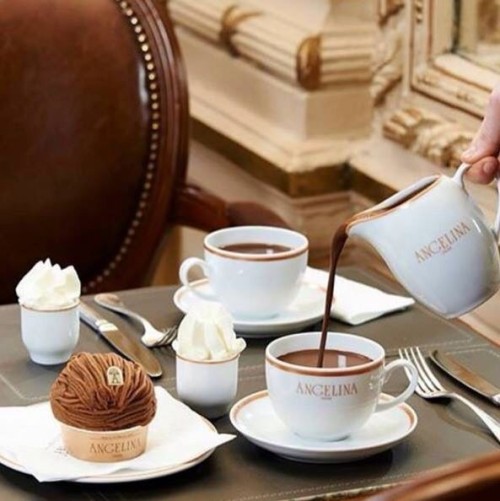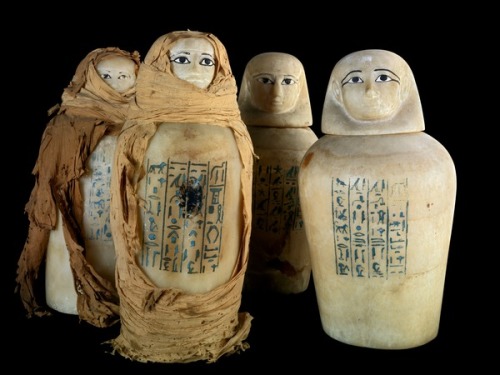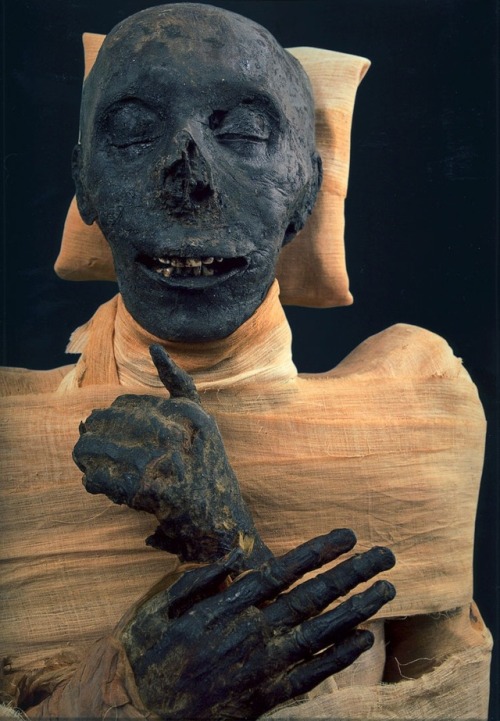El Remedio Para Librarse De Una Tentación: Sucumbir A Ella. Si Resistís, Vuestra Alma Enfermará De

El remedio para librarse de una tentación: sucumbir a ella. Si resistís, vuestra alma enfermará de deseo. Oscar Wilde. Imagen: La musa. Gabriel de Cool, 1895.
More Posts from Teddyglez1976 and Others

The Education of Love. Paolo de Matteis. Italian 1662-1728. oil/canvas. http://hadrian6.tumblr.com

William-Adolphe Bouguereau, Detail from The First Mourning (1888)
Él es la felicidad!





Rilakkuma and Kaoru

Follower of Artemisia Gentileschi (Italian, 1593 - c. 1656): A lady before a mirror, possibly Venus at her toilet (via Sotheby’s)
Mars in a Box: How a Metal Chamber on Earth Helps us do Experiments on Mars

Inside this metal box, it’s punishingly cold. The air is unbreathable. The pressure is so low, you’d inflate like a balloon. This metal chamber is essentially Mars in a box — or a near-perfect replica of the Martian environment. This box allows scientists to practice chemistry experiments on Earth before programming NASA’s Curiosity rover to carry them out on Mars. In some cases, scientists use this chamber to duplicate experiments from Mars to better understand the results. This is what’s happening today.
The ladder is set so an engineer can climb to the top of the chamber to drop in a pinch of lab-made Martian rock. A team of scientists is trying to duplicate one of Curiosity’s first experiments to settle some open questions about the origin of certain organic compounds the rover found in Gale Crater on Mars. Today’s sample will be dropped for chemical analysis into a tiny lab inside the chamber known as SAM, which stands for Sample Analysis at Mars. Another SAM lab is on Mars, inside the belly of Curiosity. The SAM lab analyzes rock and soil samples in search of organic matter, which on Earth is usually associated with life. Mars-in-a-box is kept at NASA’s Goddard Space Flight Center in Greenbelt, Maryland.

This is Goddard engineer Ariel Siguelnitzky. He is showing how far he has to drop the sample, from the top of the test chamber to the sample collection cup, a small capsule about half an inch (1 centimeter) tall (pictured right below). On Mars, there are no engineers like Siguelnitzky, so Curiosity’s arm drops soil and rock powder through small funnels on its deck. In the photo, Siguelnitzky’s right hand is pointing to a model of the tiny lab, which is about the size of a microwave. SAM will heat the soil to 1,800 degrees Fahrenheit (1,000 degrees Celsius) to extract the gases inside and reveal the chemical elements the soil is made of. It takes about 30 minutes for the oven to reach that super high temperature.

Each new sample is dropped into one of the white cups set into a carousel inside SAM. There are 74 tiny cups. Inside Curiosity’s SAM lab, the cups are made of quartz glass or metal. After a cup is filled, it’s lifted into an oven inside SAM for heating and analysis.

Amy McAdam, a NASA Goddard geochemist, hands Siguelnitzky the sample. Members of the SAM team made it in the lab using Earthly ingredients that duplicate Martian rock powder. The powder is wrapped in a nickel capsule (see photo below) to protect the sample cups so they can be reused many times. On Mars, there’s no nickel capsule around the sample, which means the sample cups there can’t be reused very much.

SAM needs as little as 45 milligrams of soil or rock powder to reveal the secrets locked in minerals and organic matter on the surface of Mars and in its atmosphere. That’s smaller than a baby aspirin!
Siguelnitzky has pressurized the chamber – raised the air pressure to match that of Earth – in order to open the hatch on top of the Mars box.

Now, he will carefully insert the sample into SAM through one of the two small openings below the hatch. They’re about 1.5 inches (3.8 centimeters) across, the same as on Curiosity. Siguelnitzky will use a special tool to carefully insert the sample capsule about two feet down to the sample cup in the carousel.

Sample drop.

NASA Goddard scientist Samuel Teinturier is reviewing the chemical data, shown in the graphs, coming in from SAM inside Mars-in-a-box. He’s looking to see if the lab-made rock powder shows similar chemical signals to those seen during an earlier experiment on Mars.
Make sure to follow us on Tumblr for your regular dose of space: http://nasa.tumblr.com

Aryballos (Rhodian black-figure ware). Greek, from Rhodes (600 BCE-590 BCE). National Gallery of Victoria, Melbourne


💚🎀🌸

Canopic Jars of Maiherpri
Four canopic jars, from the tomb of Maiherpri (KV36), made of alabaster.
Used to hold viscera after mummification. New Kingdom, 18th Dynasty, reign of Thutmose III, ca. 1479-1425 BC. Valley of the Kings, West Thebes. Now in the Egyptian Museum, Cairo.

Mummy of Thutmose III
The mummy of king Thutmose III was moved from its original burial place in tomb KV34, in the Valley of the Kings, to the Deir el-Bahari cache (“DB320”) in his original middle coffin.
The mummy was badly damaged by tomb-robbers, probably during the 21st Dynasty. When they moved the royal mummies, they had to use narrow wooden splints to hold the body together.
Apparently, the king was about 1.61 meters tall. His hands were crossed over his chest, in the Osirian position. His face was covered with resin.
New Kingdom, 18th Dynasty, reign of Thutmose III, ca. 1479-1425 BC. Now in the Egyptian Museum, Cairo. JE 26213
Dedicado a los finos amantes de las bellas artes y el estilo exquisito del buen comer.
145 posts